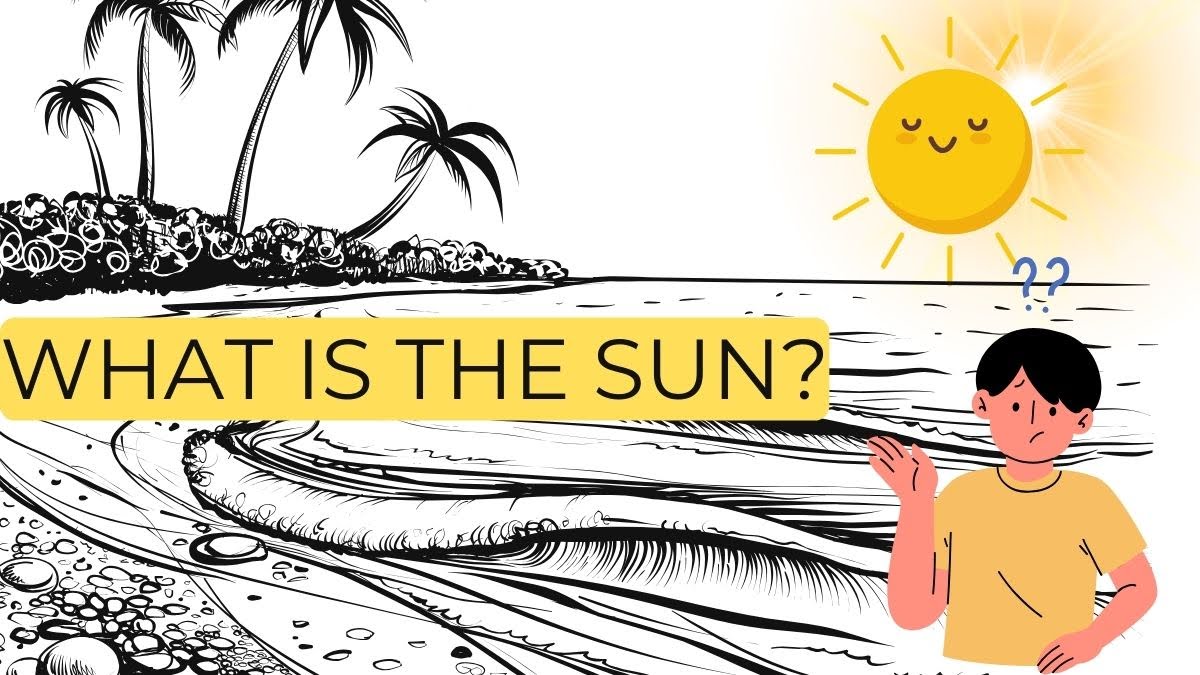The Sun - Nature's Endless Energy Source & Life-Giver (Grade 3)
This is a comprehensive lesson plan for teaching about the sun to grade 3 students. The lesson is designed to make the concepts easy and engage students with activities like quizzes, practice questions, and real-life examples.
Teachers can use this guide as a reference for delivering the concepts to students and engaging them in the classroom with the various questions and examples given in this page.
In this article, you will learn:
- introduction of the sun
- sun as a natural resource
- uses of sunlight
- sun and weather
- why sun is important
- sources of the sun
What is the Sun?
This is the star called the Sun, which is found at the center of our Solar system. It consists of gases such as helium and hydrogen. The Sun provides light & heat, enables plants to grow, keeps us warm, and provides us with energy.
Why is the Sun a Natural Resource?
Natural resources are things that occur in nature that are used by people. Sun- we use solar energy as a natural source to heat our land and also with the help of solar cards. We harness sunlight to grow food and generate electricity & even to do enjoyable activities such as swimming or playing outside. It emits clean energy that is inexhaustible.
Uses of Sunlight In Our Daily life?
We use sunlight in many ways:
- Solar Power: Solar panels convert sunlight into electricity.
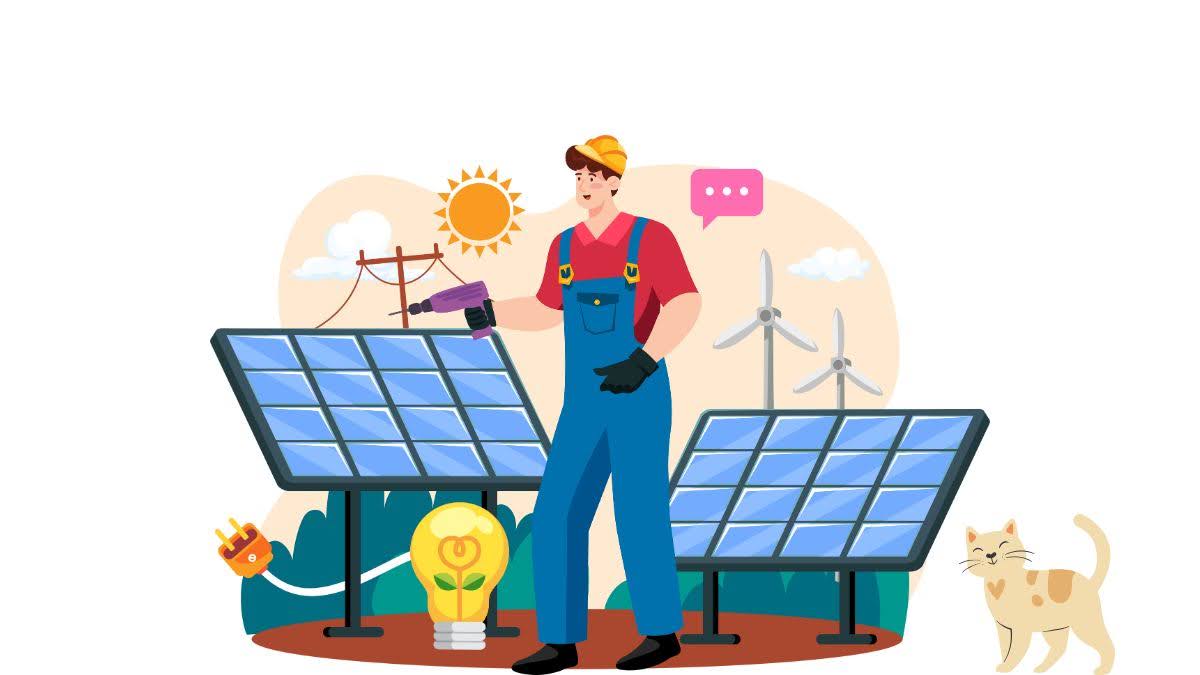
- Growing Plants: Plants need sunlight to grow.
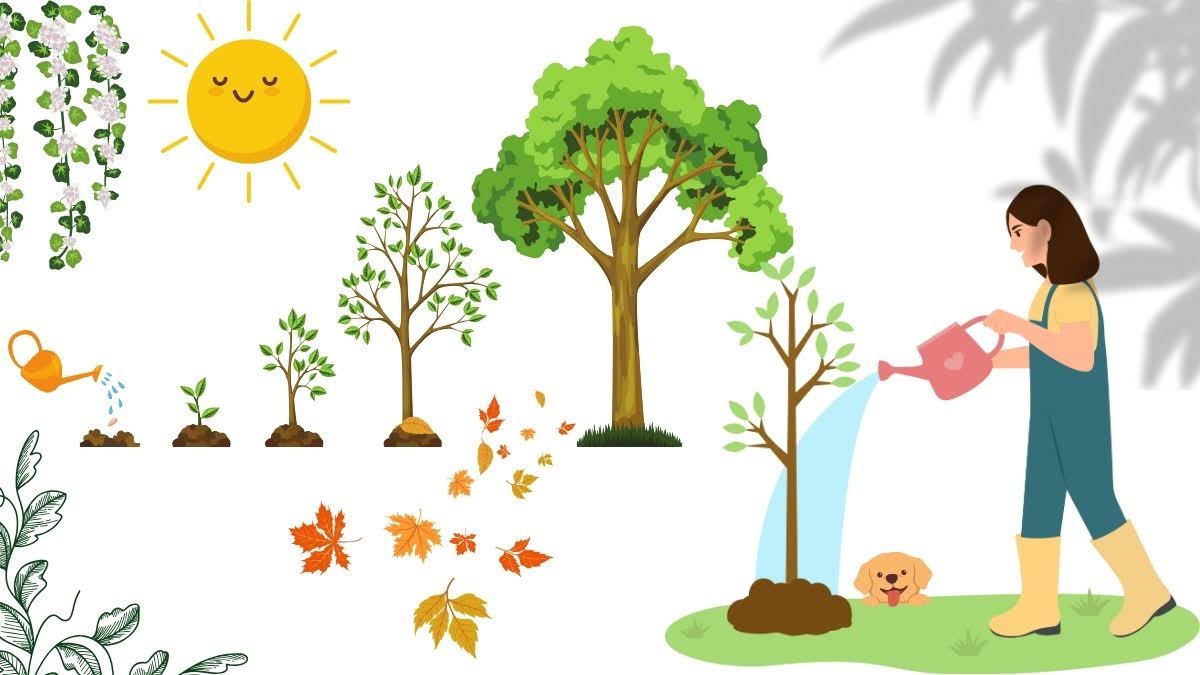
- Vitamin D: Sunlight, which our bodies need to produce Vitamin D, a factor to help us grow big & strong.
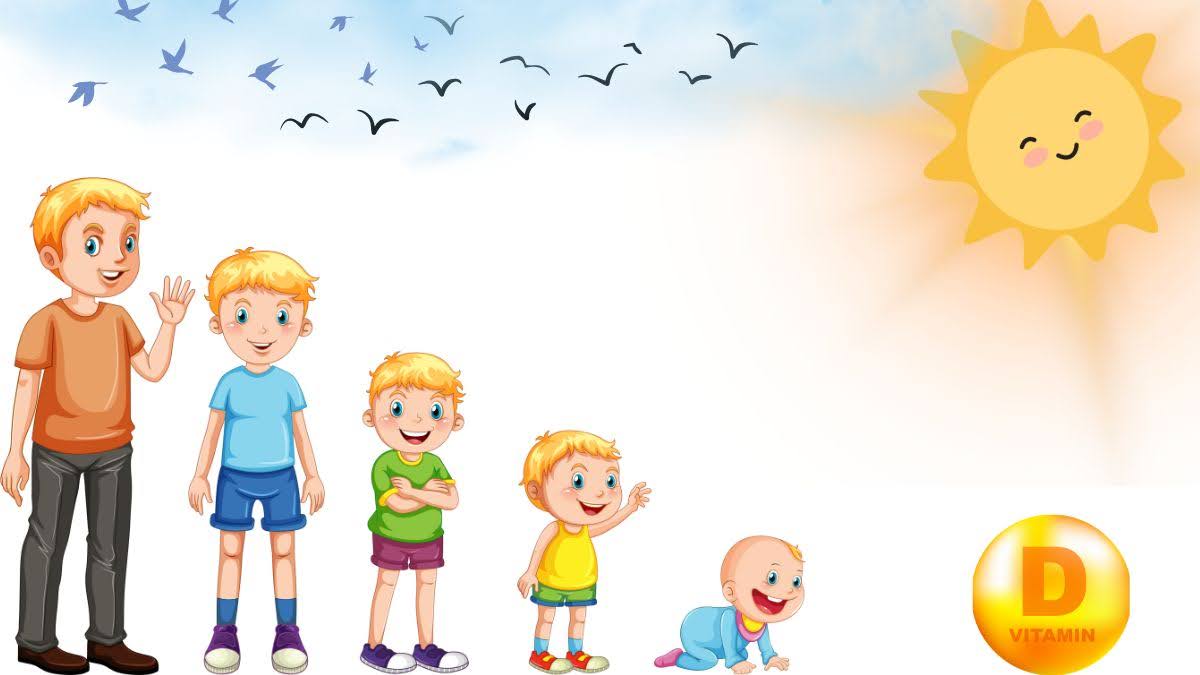
- Warmth: The Sun’s warmth makes it possible for the Earth to be warm enough for us to live.
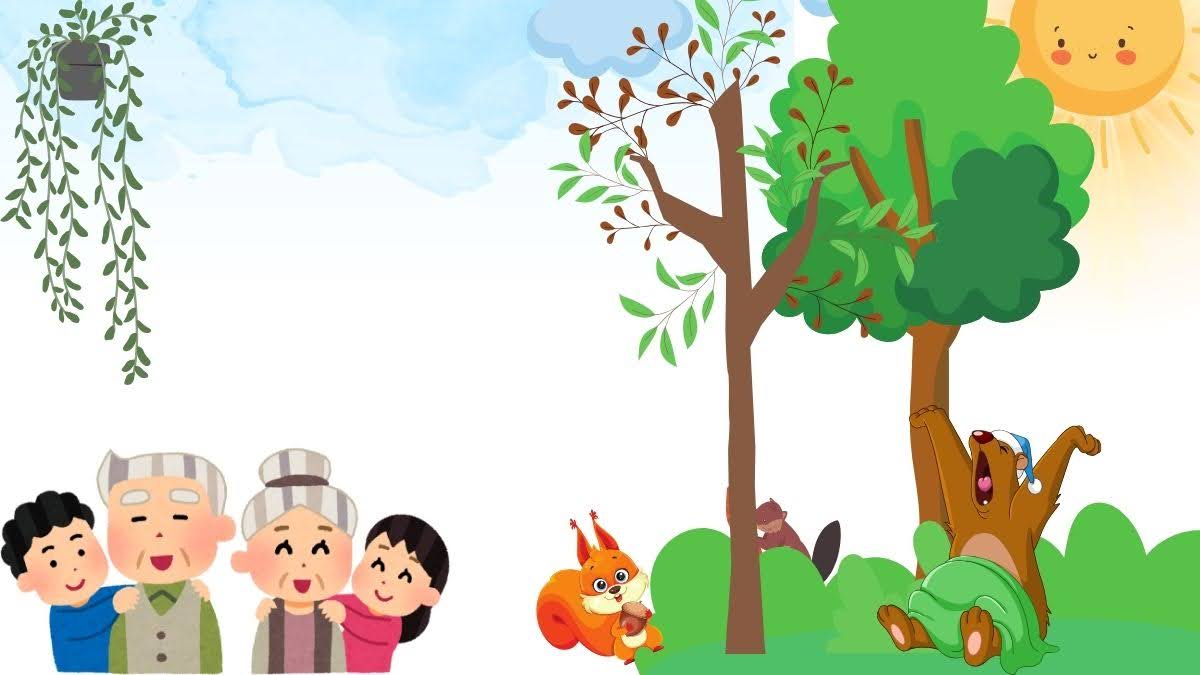
Sun and The Weather
The Sun is the most significant contributor to our weather! It warms the Earth’s surface, which causes air to move, which creates wind. It also aids in the creation of clouds & rain. The atmosphere would have a different form and we wouldn’t experience the four seasons — spring, summer, fall & winter.
The Sun as an Endless Source of Energy
Energy from the Sun is renewable, which means it won’t run out.
What the Sun is important?
-
Provides Light: The Sun shines bright in the day. Without light, the world would be dark all the time.
-
Gives Heat: The sun makes the earth warm enough to survive. Without the Sun, Earth would be too cold for any plants, animals, & humans.
-
Helps Plants Grow: Sunlight is essential for making food by plants. The process is called photosynthesis and it generates the oxygen & food we need to survive.
-
Provides Energy: The energy of the Sun can be captured through solar panels to create electricity that helps power homes, schools, and even cars.
-
Supports the Weather: The Sun is responsible for weather patterns by heating the Earth’s surface, which causes wind and rain, & provides us with seasons.
What Are The Sources Of The Sun?
The Sun itself is the main source of sunlight and energy that reaches Earth. The Sun is made up of gases like hydrogen and helium, & it produces energy through a process called nuclear fusion.
In the process of fusion, the Sun's core combines hydrogen atoms to create energy in the form of light & heat, which then travels to Earth. So, the Sun is the primary source, but it gets its energy from the fusion of hydrogen atoms deep inside its core.
Fun Facts
-
The Sun is about 93 million miles away from Earth, but it still gives us enough energy to light up the whole planet.
-
The Sun is about 4.5 billion years old.
-
Every minute, the Sun sends more energy to Earth than humans use in a year.
-
The Sun is so important that without it, life on Earth would not exist.
Things you have learned!
- The Sun is a big ball of hot gases at the center of our Solar System.
- How the Sun gives us energy.
- Uses sunlight to make electricity, grow plants, and keep us warm.
- How the Sun affects the weather, making wind, rain, and seasons.
CBSE Schools In Popular Cities
- CBSE Schools in Bangalore
- CBSE Schools in Mumbai
- CBSE Schools in Pune
- CBSE Schools in Hyderabad
- CBSE Schools in Chennai
- CBSE Schools in Gurgaon
- CBSE Schools in Kolkata
- CBSE Schools in Indore
- CBSE Schools in Sonipat
- CBSE Schools in Delhi
- CBSE Schools in Rohtak
- CBSE Schools in Bhopal
- CBSE Schools in Aurangabad
- CBSE Schools in Jabalpur
- CBSE Schools in Jaipur
- CBSE Schools in Jodhpur
- CBSE Schools in Nagpur
- CBSE Schools in Ahmednagar
- CBSE School In Tumkur



